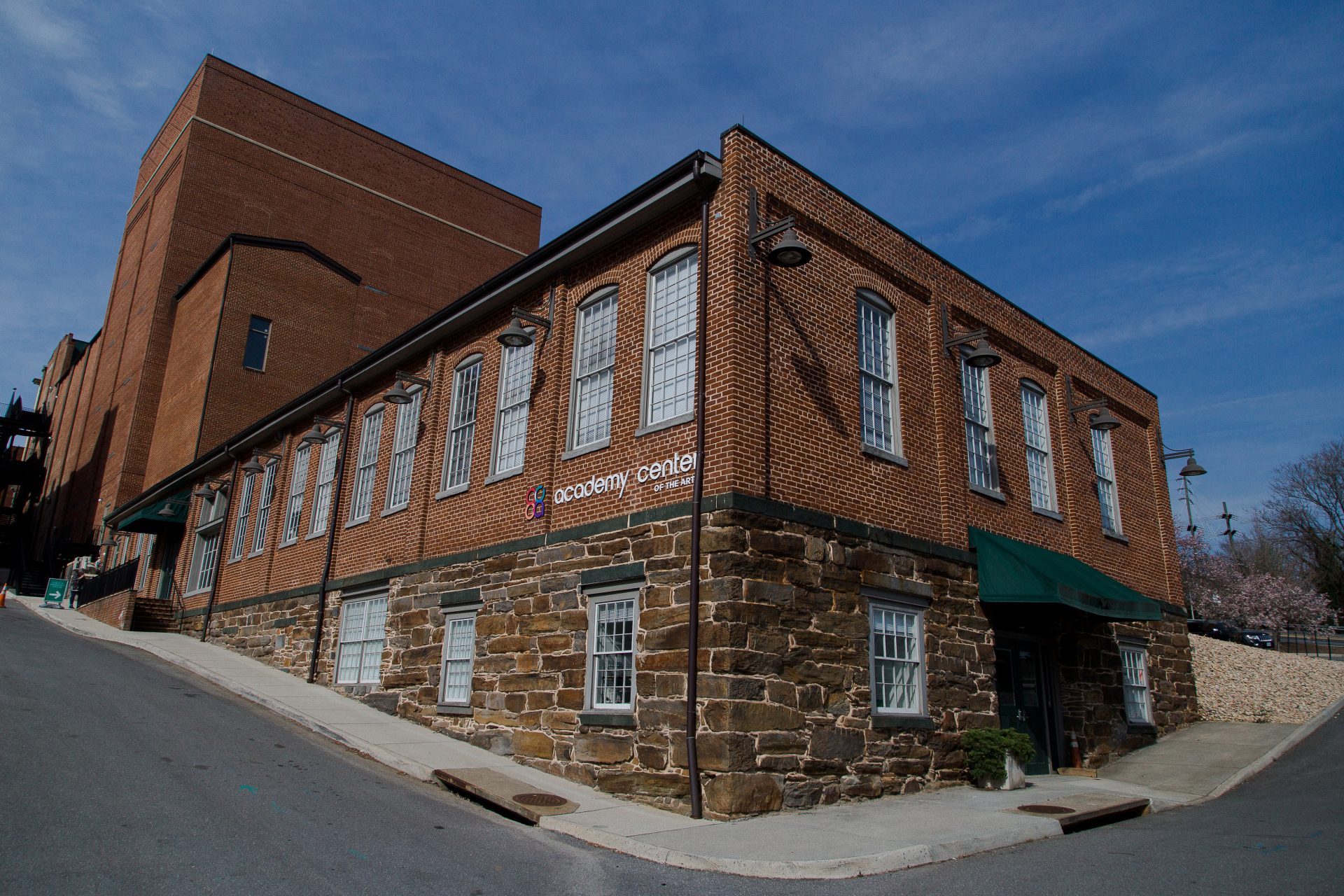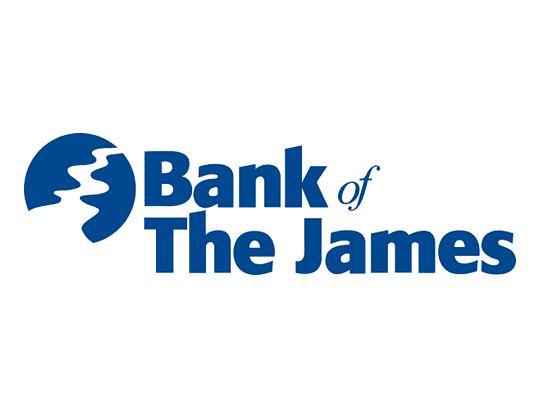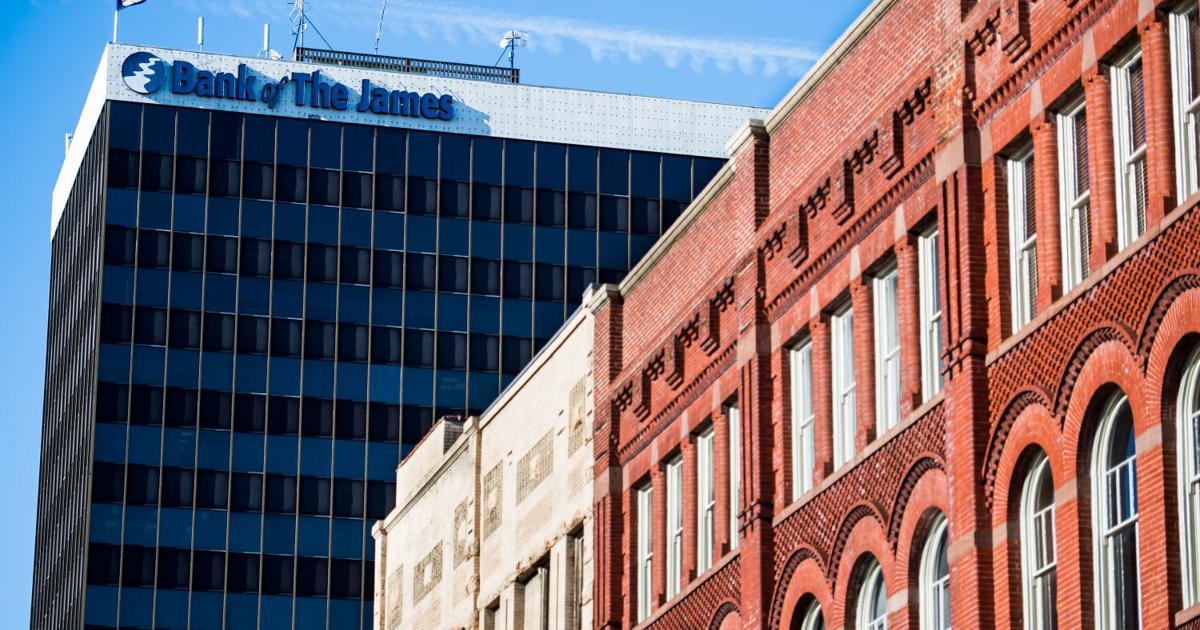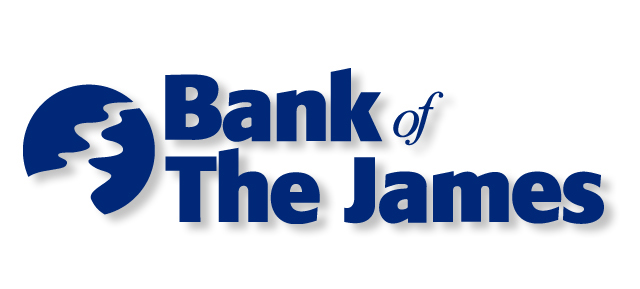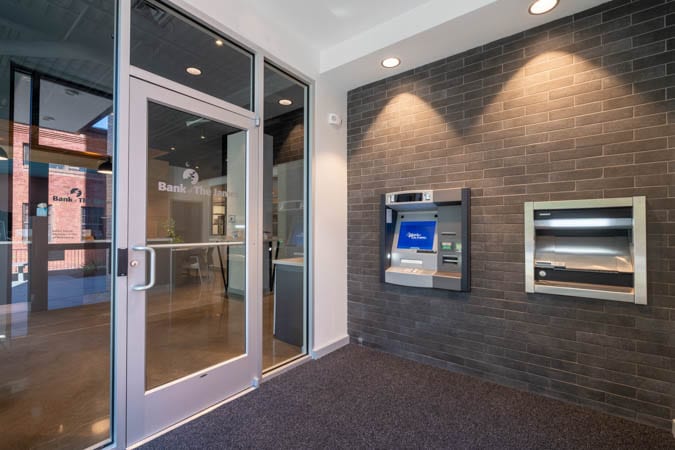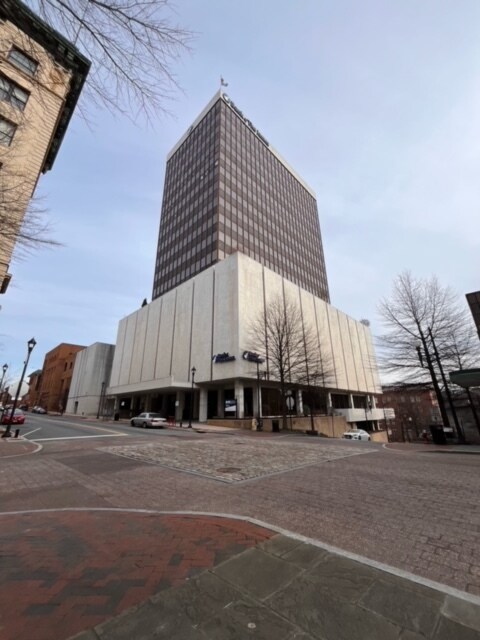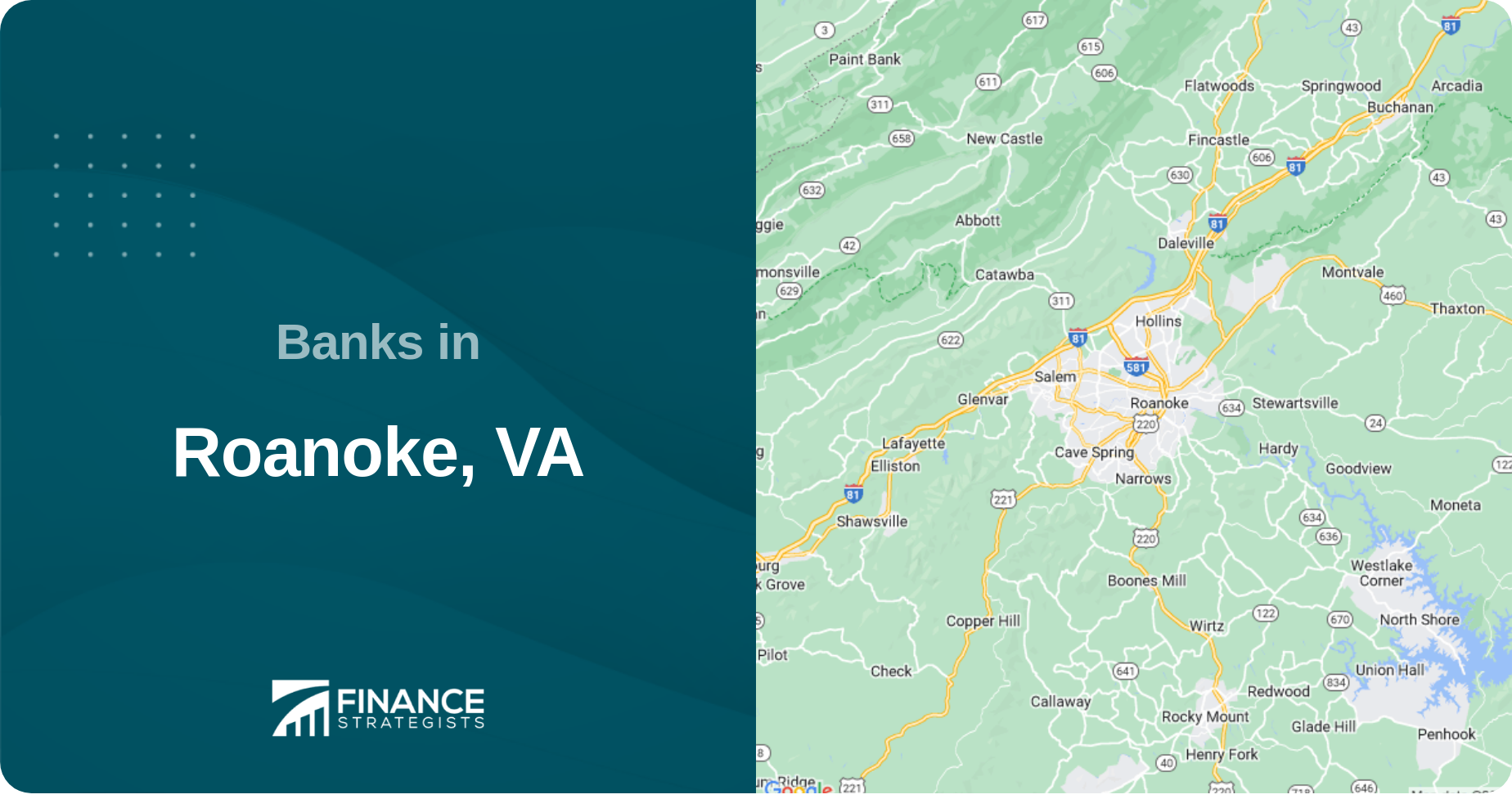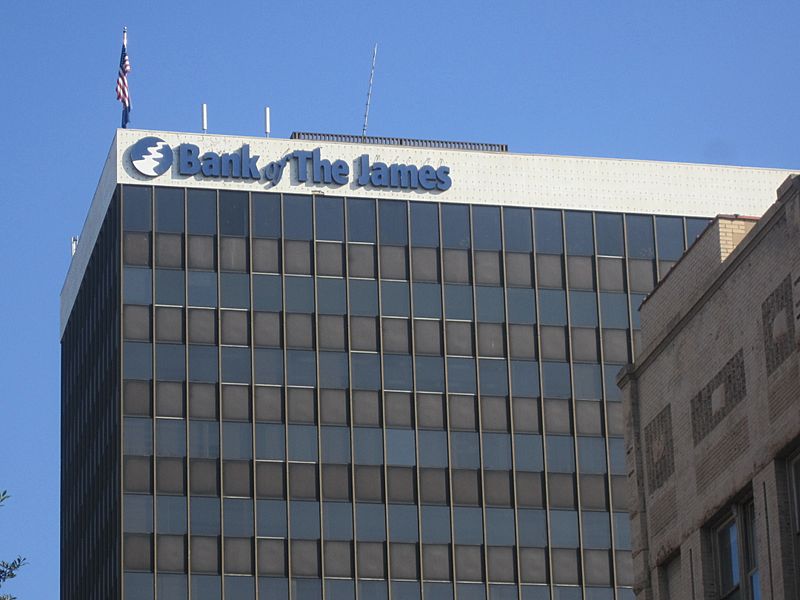Bank Of The James Roanoke Va

A cornerstone of the Roanoke Valley's financial landscape, Bank of the James (BOTJ), is facing scrutiny amidst evolving economic conditions and increasing regulatory pressures. Concerns regarding asset quality, interest rate sensitivity, and overall financial performance have prompted both local investors and industry analysts to closely examine the bank's strategies and future trajectory.
At the heart of the matter lies a complex interplay of factors impacting community banks nationwide. While BOTJ maintains a strong commitment to serving the local community, questions persist regarding its ability to navigate these challenges while maintaining profitability and shareholder value. This article delves into the specifics of BOTJ's current situation, examining its recent financial performance, strategic initiatives, and the broader context of the banking industry in Southwest Virginia.
Financial Performance and Key Metrics
Recent financial reports paint a mixed picture of Bank of the James's performance. While the bank has demonstrated consistent growth in deposits and loan origination, net interest margins have been compressed due to the rising interest rate environment.
This compression is a significant concern for investors, as it directly impacts the bank's profitability. The bank's efficiency ratio, a measure of operating expenses as a percentage of revenue, has also come under observation, indicating potential areas for improvement in cost management.
Furthermore, analysts are scrutinizing the bank's asset quality, particularly its exposure to commercial real estate loans. Any deterioration in the performance of these loans could negatively impact the bank's earnings and capital position.
Loan Portfolio Composition
Bank of the James, like many community banks, has a substantial portion of its loan portfolio concentrated in commercial real estate. This sector, while often a driver of local economic growth, can be particularly vulnerable to downturns and fluctuations in property values.
A careful assessment of BOTJ's loan underwriting standards and risk management practices is crucial to understand the potential impact of any future economic slowdown. The bank's provision for credit losses, a reserve set aside to cover potential loan defaults, is a key indicator that is watched closely by regulators and investors alike.
Diversification of the loan portfolio remains a key strategy for mitigating risk. Increasing exposure to other sectors, such as small business lending or consumer loans, can help to reduce the bank's dependence on the commercial real estate market.
Strategic Initiatives and Future Outlook
In response to the evolving market dynamics, Bank of the James has implemented several strategic initiatives aimed at improving its financial performance and long-term sustainability. These include investments in technology to enhance customer service and streamline operations, as well as efforts to expand its geographic footprint and attract new customers.
The bank has also focused on strengthening its relationships with existing customers and providing personalized financial solutions. These initiatives are designed to build customer loyalty and generate new revenue streams.
Bank of the James understands the importance of attracting and retaining talent in a competitive labor market. Competitive compensation and benefits packages, as well as opportunities for professional development, are essential for ensuring that the bank has the skilled workforce it needs to succeed.
Regulatory Environment
The banking industry is subject to extensive regulation, and Bank of the James is no exception. These regulations are designed to protect depositors and ensure the stability of the financial system.
Compliance with these regulations can be costly and time-consuming, but it is essential for maintaining the bank's reputation and avoiding potential penalties. The bank's management team must stay abreast of changes in the regulatory landscape and ensure that the bank's policies and procedures are aligned with current requirements.
Furthermore, Bank of the James must maintain adequate capital levels to absorb potential losses and support its growth. Regulators closely monitor the bank's capital ratios to ensure that it has sufficient resources to withstand adverse economic conditions.
Community Impact and Local Perspective
As a community bank, Bank of the James plays a vital role in supporting the local economy. It provides financing to small businesses, supports community development projects, and contributes to local charities.
The bank's commitment to serving the Roanoke Valley is evident in its long-standing presence and its deep roots in the community. Local residents and businesses rely on the bank for their financial needs and value its personalized service and community involvement.
However, the bank's financial performance and strategic decisions have a direct impact on the community it serves. A financially healthy bank is better positioned to support local businesses, provide jobs, and contribute to the overall economic well-being of the region.
"Bank of the James is committed to serving the Roanoke community and delivering value to our shareholders," stated a recent press release from the bank.
Looking Ahead
The future of Bank of the James, like that of many community banks, depends on its ability to adapt to the changing economic landscape, navigate regulatory challenges, and effectively manage its risks.
Continued investments in technology, a focus on customer service, and a prudent approach to risk management will be crucial for ensuring the bank's long-term success. Ultimately, Bank of the James must balance its commitment to the community with the need to generate sustainable profits and deliver value to its shareholders.
The coming quarters will be pivotal in determining the bank's ability to weather current economic headwinds and capitalize on future opportunities. The entire Roanoke Valley will be watching closely.
